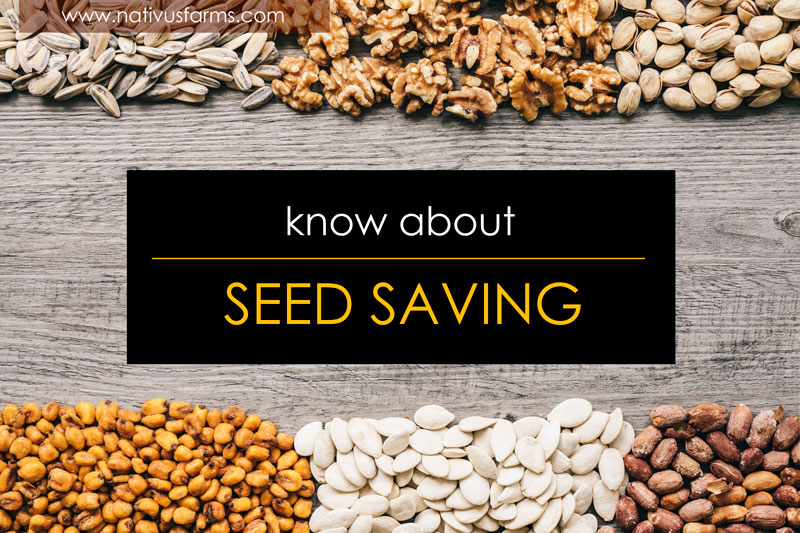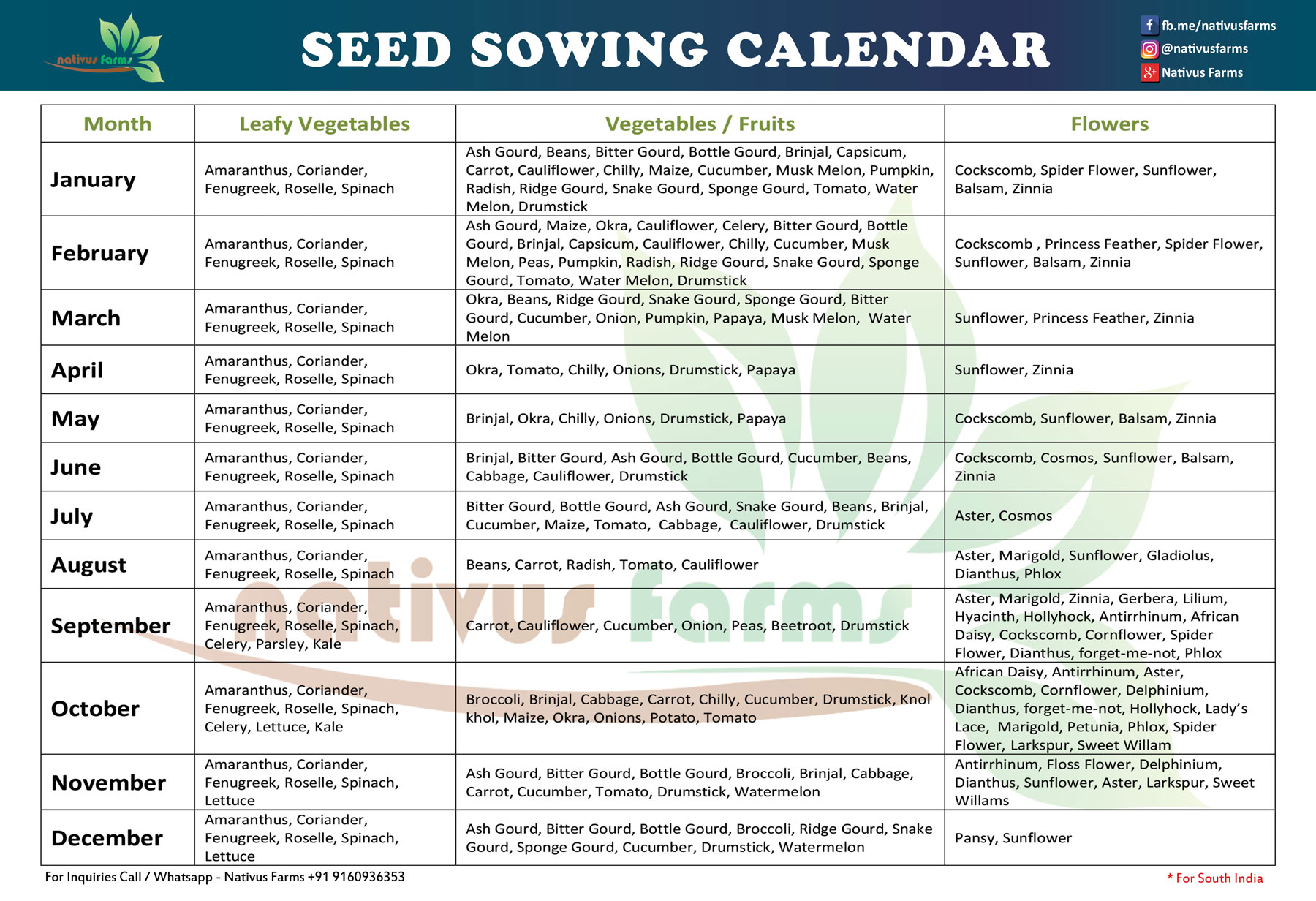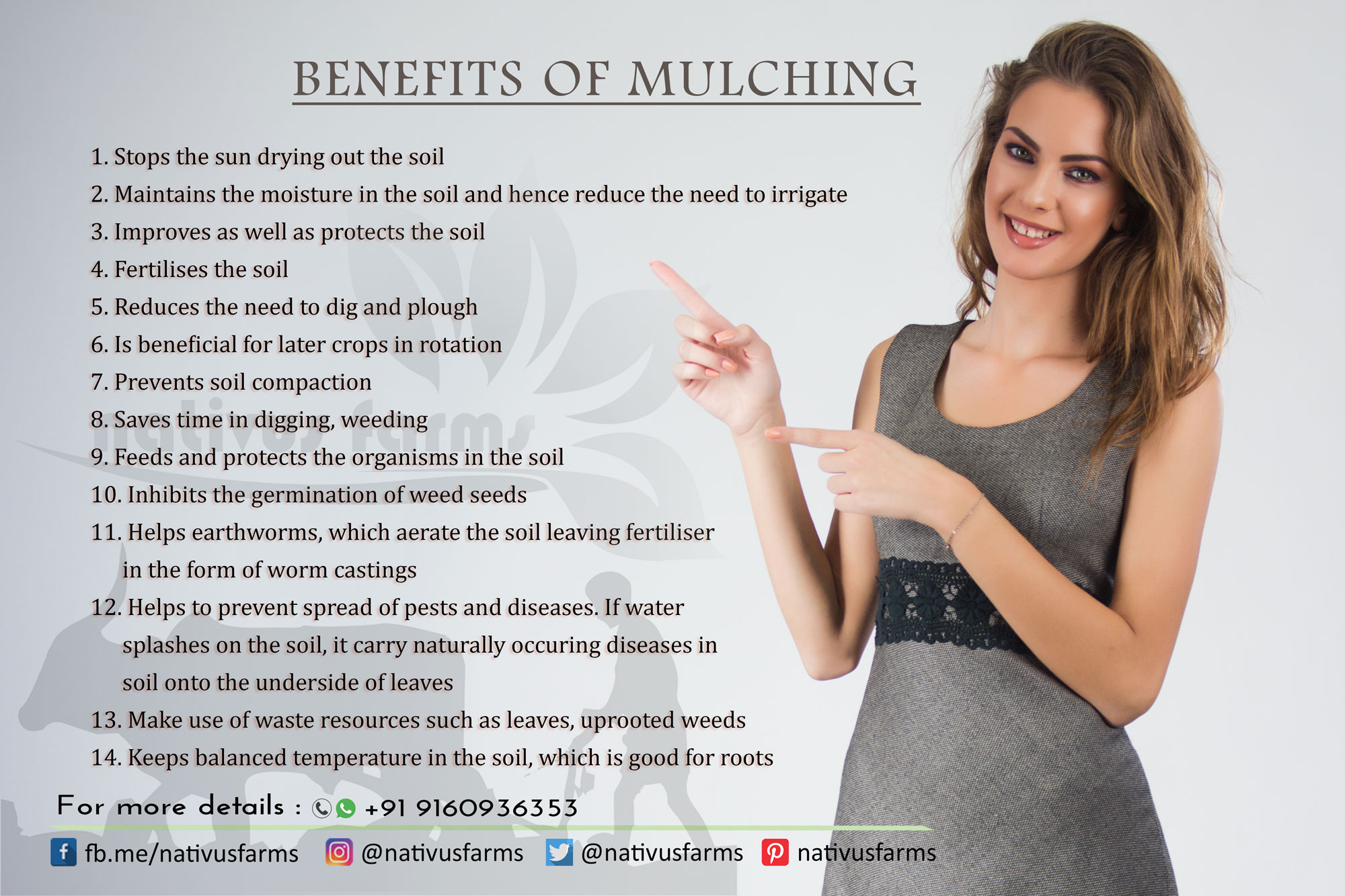No products in the cart.

Why to save seed yourself, in your garden.
- Seed required will be available at right time
- Save cost of buying
- To have seed that is adapted to local climate and soil
What to do:
- Choose healthy and disease free plants to save seeds from
- Select plants according to their characteristics like long lasting, strong, nutritious, disease and drought resistant, bitter, strong, stores well etc
- Plants are to be adapted to the local climate
- Save seeds from as many plants of one variety as possible, to maintain genetic diversity
- Don’t pluck leaves, flowers from the identified plant from which the seed is to be saved. If any part is damaged or diseased, it should be discarded
- Give extra care to the selected plants by providing water, nutrients, weed control, pest control etc
- As plants grow, they may fall over. Staking may be necessary
- Allow best healthy plants to flower for any variety. Poorer plants should not be flowered, so they don’t mix with good plants which will lower the quality of the seed
- Leaving the plants for seed saving, remaining all others should be harvested and eaten, composted or mulched before flowering
- Different species should not be allowed to grow or flower at same time to avoid cross pollination.
- Plants of same species should be grown far apart, so that insects or wind will not be able to cross pollinate.
- Plants which are tend to cross pollinate should be planted to flower at different times. For example, if cauliflower is ready to flower in july, then cabbage should be planted lately to flower in august. By this the flowering time differs and we can avoid the danger of crossing.
Pay attention to above points to produce good quality and pure seed. If any one is ignored, the quality of seed cannot be guaranteed, the time and work is wasted.


